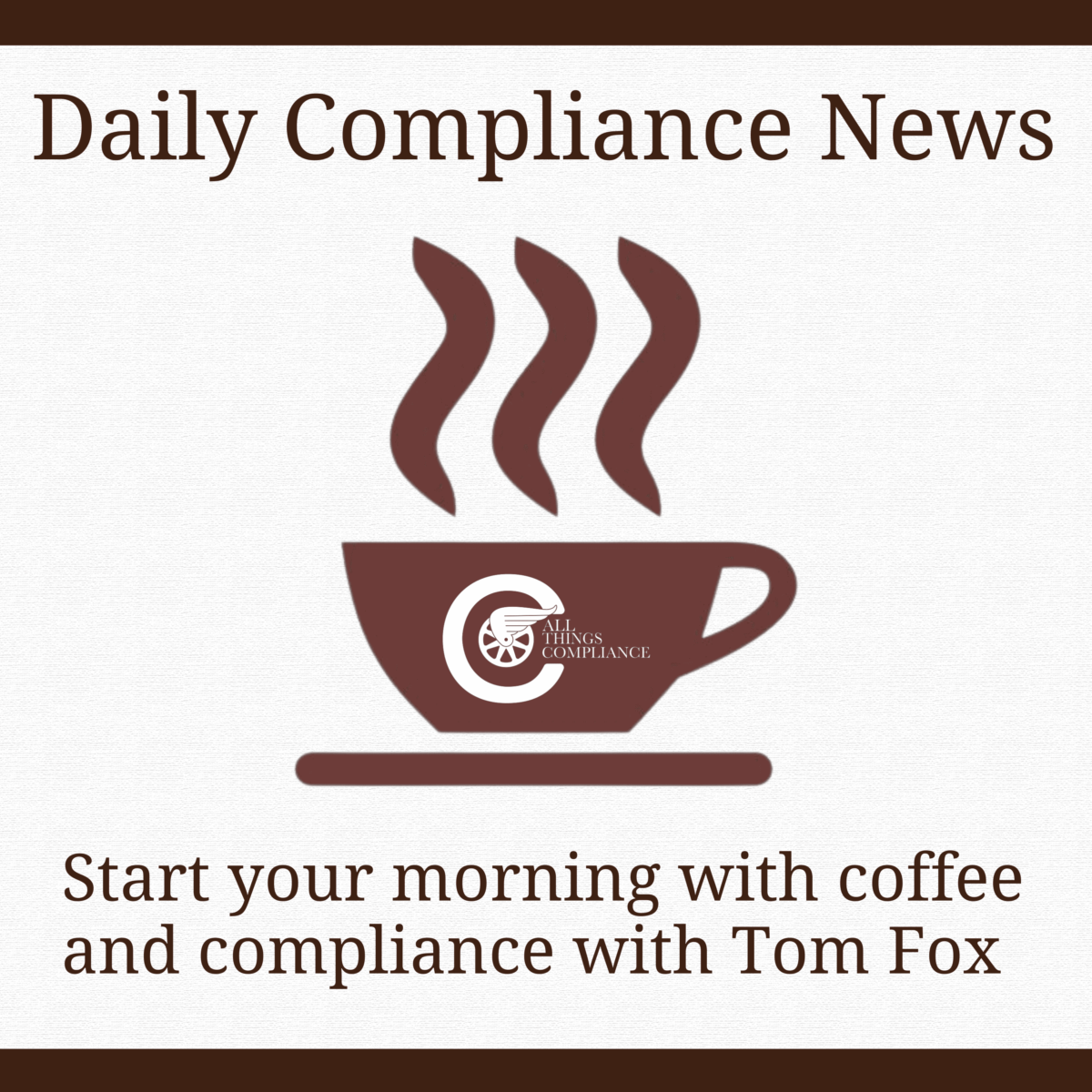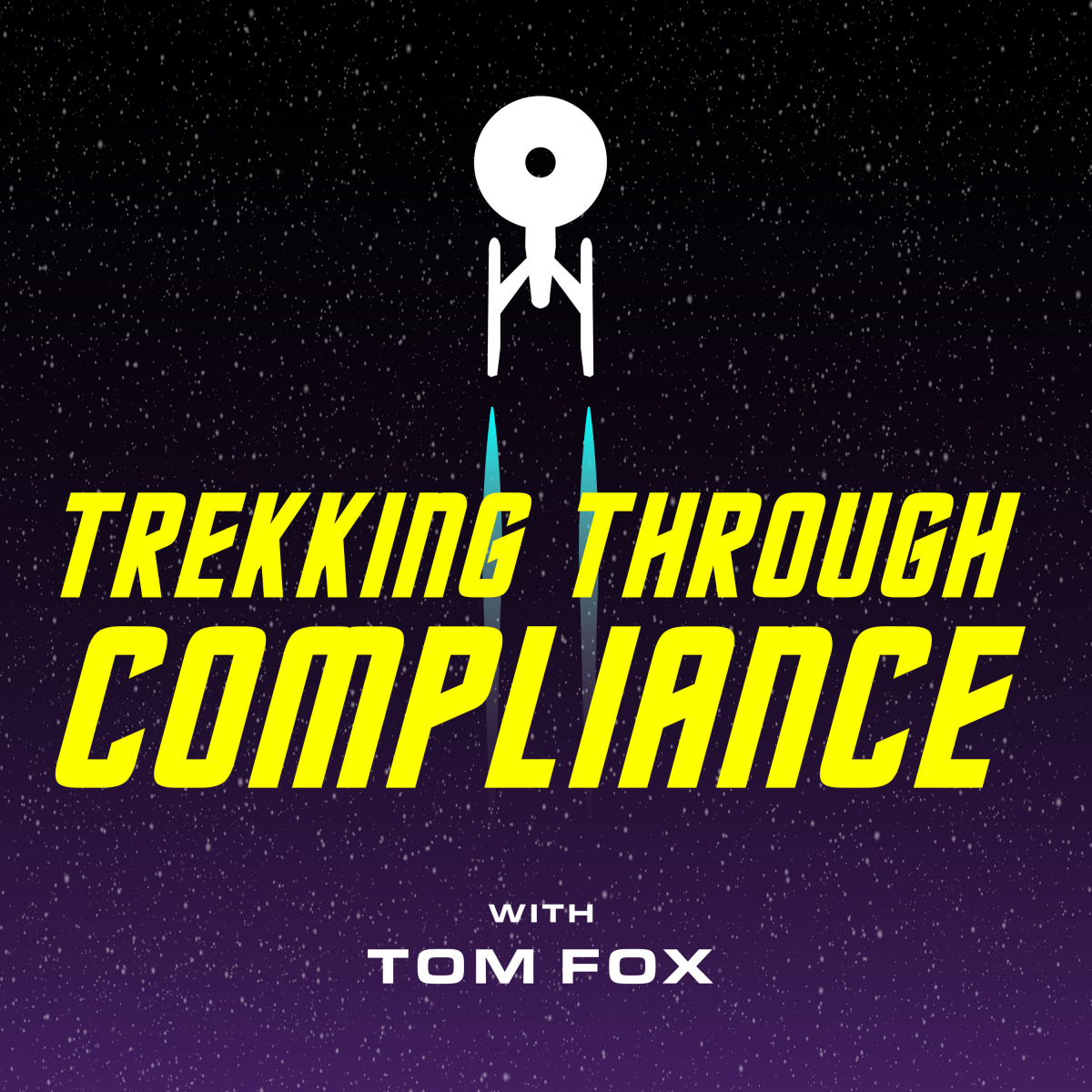José Eduardo dos Santos, who served nearly four decades as Angola’s president, died on Friday in Spain where he had been living in self-imposed exile. According to his New York Times (NYT) obituary, “he was widely accused of corruption and nepotism, and the economic boom he presided over benefited mainly his family and a coterie of advisers.” If the name sounds familiar it may be due to his flamboyant daughter Isabel dos Santos who has been “accused of plundering institutions including Sonangol, the state petroleum company, to create a business empire with stakes in diamond exports, the dominant cellphone company, banks and the country’s biggest cement maker. In 2020, she was charged with embezzlement, money laundering and other financial crimes. She denied the charges, saying she was the victim of a witch hunt. She has been living mostly in Dubai, seeking to avoid arrest. Mr. dos Santos’s son José was found guilty of financial transgressions and sentenced to five years in prison.” In other words, it all started at the top.
The death of Santos is a good reminder of why substantive and deep dive due diligence needs to go into the background check on every business leader and C-Suite Executive. Candice Tal, founder and President of Infortal Worldwide, has long been telling us for this need for many years. Now a new article from the Harvard Business Review (HBR) by Aiyesha Dey, entitled “When Hiring CEOs, Focus on Character”, bears Tal’s warnings out with research. The author has “studied the ways in which the lifestyle behaviors of CEOs—in particular, materialism and a propensity for rule breaking—may spell trouble for a company.” Her conclusion bears out why Tal has been saying all along, “Firms led by CEOs with even minor traffic tickets or excessive spending habits are disproportionately prone to fraud, insider trading, and other risky business activities.” Dey concludes by noting “that boards should pay attention to executives’ off-the-job behavior.”
Dey’s research centers on straight-forward questions: “Instead of focusing on systems and controls, should we be looking more closely at the people leading these companies?” Her conclusion is that taking a deeper dive into the background of those who become the C-Suite leaders at an organization bears more scrutiny as they can be “early warning signs” of trouble to come. That sounds like exactly what Boards would want to consider when reviewing potential C-Suite candidates. (I hope they will call Candice Tal to perform the actual due diligence recommended by Dey.)
The first area explored by Dey was in rule breaking, as “criminology researchers have found that people who flout even minor rules are subtly communicating that they don’t believe restrictions apply to them.” Indeed, Dey found that “18% of CEOs had been cited for infractions ranging from minor traffic offenses to driving under the influence, disturbing the peace, drug crimes, reckless behavior, domestic violence, and sexual assault.” Dey took this information a step further by asking, “Is fraudulent reporting more likely at a company if its CEO has a criminal record? Is the CEO (or CFO) more likely to be personally implicated in the fraud if he or she has a criminal record? Not surprisingly, the answer to both questions was yes… we found that if the CEO had a criminal infraction, the firm was more than twice as likely to be involved in fraud, and the CEO was seven times more likely to be personally named as a perpetrator.” Somewhat amazingly, even minor legal infractions such as traffic tickets were significant.
Dey then considered the effect of controls, such as insider trading blackout periods as a deterrence. Dey found “they had little effect on executives who committed serious crimes. Seemingly, then, governance structures and formal control systems are unlikely to rein in the worst actors. That’s discouraging news for boards and regulators that wish to curb opportunistic insider trading and limit other undesirable behavior.”
An area of Dey’s research, which was surprisingly insightful, was around “materialism.” Dey looked at it from the perspective of “the zealous pursuit of wealth and luxury regardless of the cost to others.” She and her teamed picked three criteria for review. (1) Ownership of a private home valued at twice as much as the median in the area; (2) Ownership of a car worth more than $75,000; and (3) Ownership of a boat more than 25 feet in length. “In our sample of CEOs, 58% had one or more of those markers and qualified as materialistic; we classified the remaining 42% as frugal.”
What Dey found “was a gradual weakening of the control environment in firms led by executives whose personal spending was excessive. Specifically, we observed more use of equity-based incentives (which can encourage managers to mislead capital markets by inflating reported performance), more appointments of materialistic CFOs, less intensive monitoring by the board, and a greater probability of a weakness in internal controls.”
In the financial sector, Dey “found that those with materialistic CEOs had relatively lax systems for risk management and thus faced more threat of significant negative performance than banks led by frugal CEOs.” Even more troubling for the compliance function, Dey “found that materialistic CEOs also contributed to a deterioration in corporate culture that led employees to more aggressively exploit insider-trading opportunities during the 2007–2009 financial crisis. Another correlation was in “corporate social responsibility (CSR) performance,” where Dey “found that firms with materialistic leaders received lower scores from CSR ratings agencies than did firms with frugal leaders. Our finding aligns with other scholarship showing that materialistic people display a lack of concern for the well-being of others and the environment.”
I asked Candice Tal what companies can do to investigate these issues. Tal stated, “Behavioral issues can be picked up during in-depth reference interviews by trained investigators, and can also be detected through patterns observed with type and frequency of civil lawsuits, such as sexual harassment, class action lawsuits, fraud and breach of contract matters. Themes around egregious behavioral issues can also be found when conducting deep web investigations on executives. This goes far beyond Google searches incorporating OSINT Open Source Intelligence. Tal notes that patterns and themes in behavioral traits should never be ignored. Executive due diligence backgrounds should be conducted by corporations on new executive hires and new board members. Executives will be in the highest positions of trust, a simple background check will not reveal these types of issues, however, effective due diligence investigations enable this information to be discovered thus protecting the board and shareholders from unnecessary risk exposure.”
All this information should be digested by corporate compliance functions and Boards of Directors. Even in the Foreign Corrupt Practices Act (FCPA) world, nearly every major corporate scandal starts with a lax attitude at the top of the organization. Indeed, it is such CEOs who inevitably cry about ‘rogue employees” and not what their organizations stand for. But the myth of the rogue employees is just that, a myth, and it really all does start at the top. Boards need to take note.










